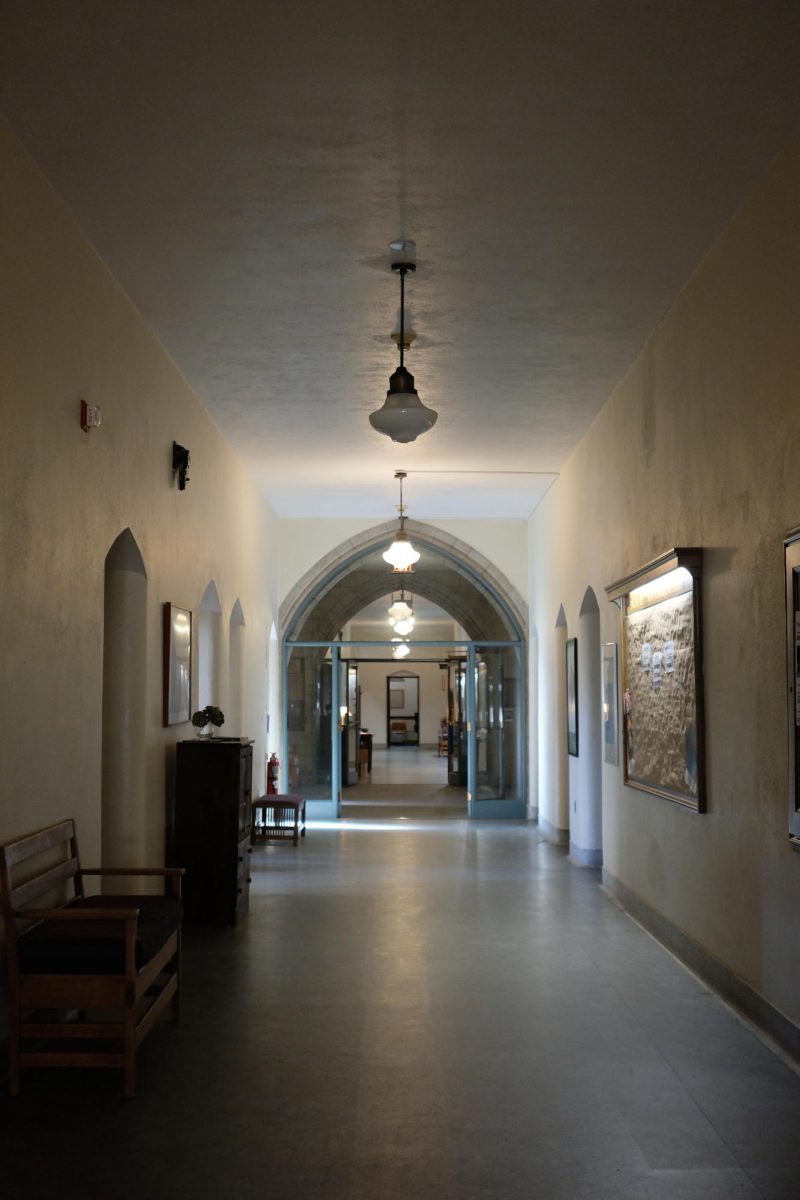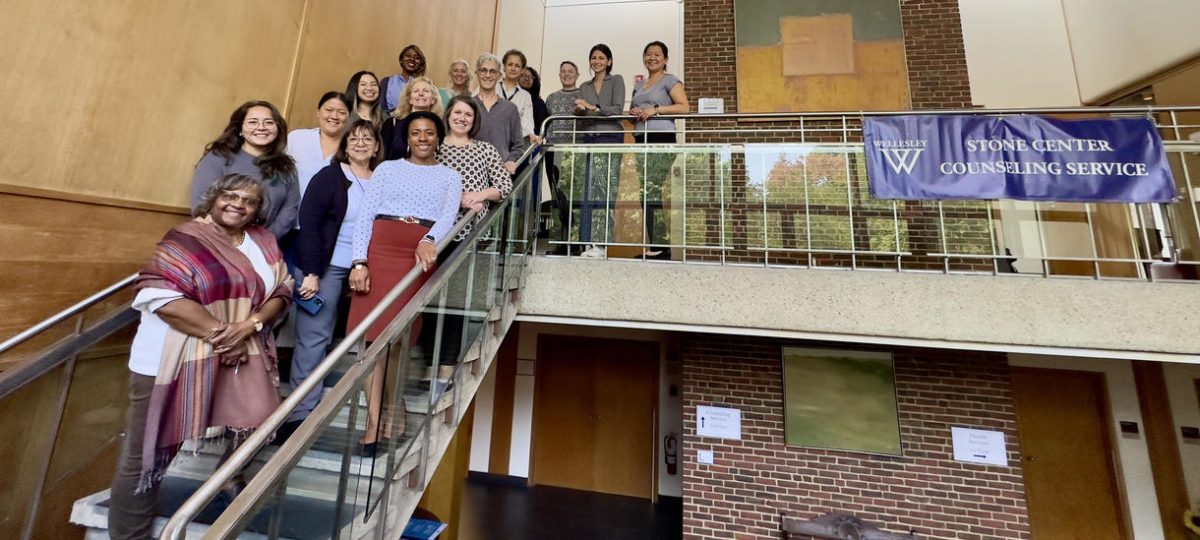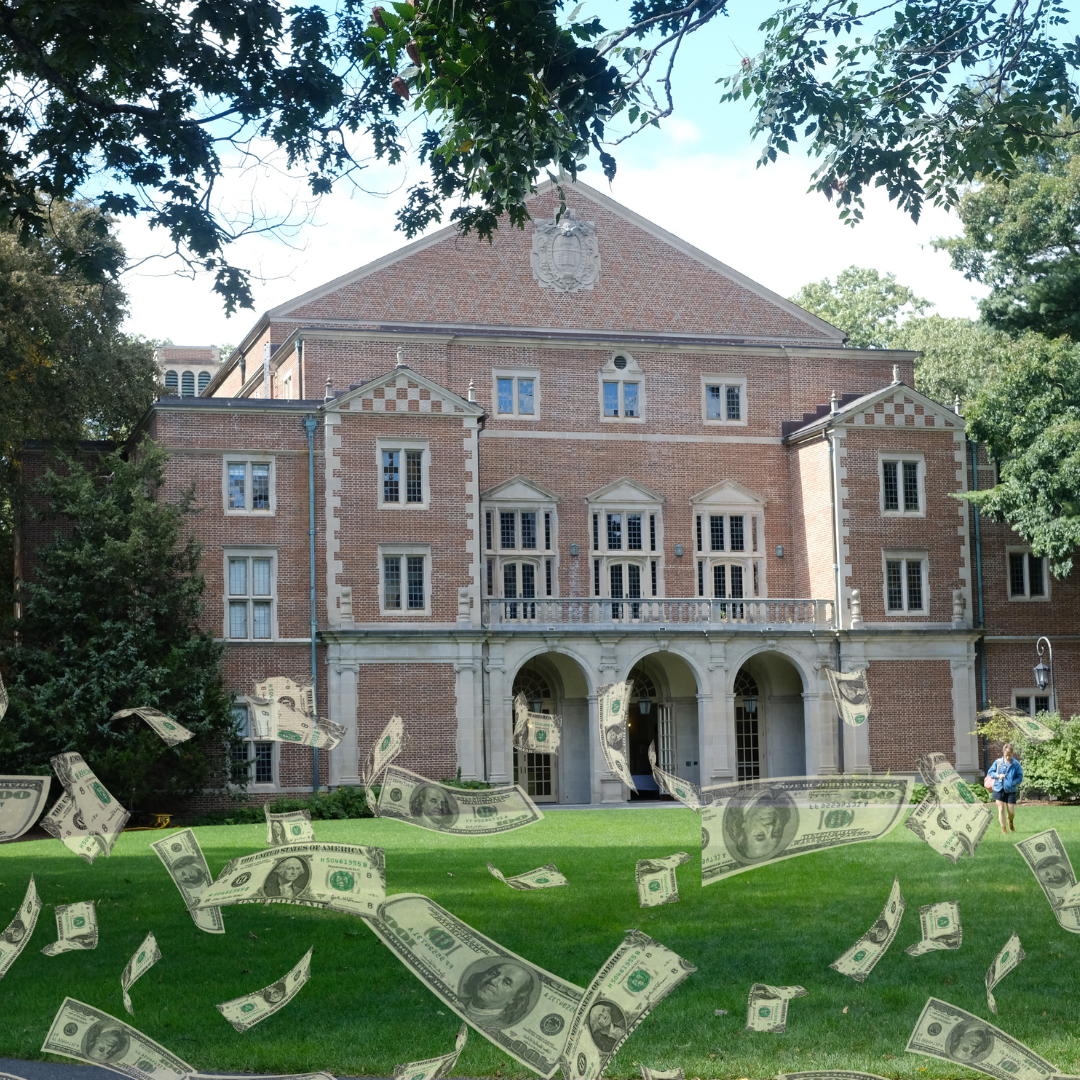Shooting of three Muslims in Chapel Hill sparks criticism of media bias
Three Muslim students were killed in their apartment by their neighbor, a 46-year old white man. Twenty-one-year old Yusor Mohammad Abu-Salha, her 23-year old husband Deah Shaddy Barakat and her 19-year-old sister Razan Mohammad Abu-Salha were reportedly model students who volunteered in their free time. While police have said the shooting was an isolated incident stemming from a dispute over a parking space, friends and family of the victims have called the killing a hate crime. The incident sparked global outrage, with critics of the media saying that if the race and religion of the victims and perpetrator had been swapped, the story would have gotten more coverage and the shooter would have been labeled a terrorist. Instead, they say, white male shooters are often seen as lone figures with idiosyncratic motives, rather than a product of a racist undercurrent in American society. The perpetrator’s wife says he was not a bigot and is in fact politically liberal.
Hispanic population in Washington protests police brutality
Three policemen in Pasco, Washington shot and killed an unarmed Hispanic man, drawing widespread criticism and provoking members of the Hispanic community in Pasco to take to the streets in protest. In a video which has gone viral, Antonio Zambrano-Montes, 35, is seen running from three Pasco officers. As he was being pursued, he briefly turned to face the police with his arms slightly raised before he was gunned down. Zambrano-Montes had allegedly been throwing rocks at traffic. This was the fourth fatal police shooting in Pasco in the last seven months. Critics have compared the incident to the shooting of Michael Brown in Ferguson. Pasco’s population is 56 percent Hispanic, though the police and city government remain largely white. Of the city’s 68 officers, 14 are Hispanic and only 12 speak Spanish fluently. Some residents say the language barrier further complicates relations with the police. The shooting is currently being investigated by local police agencies, the county coroner and the Federal Bureau of Investigation.
Terrorist shooting shakes Copenhagen
Over the weekend, a gunman launched two attacks in the heart of Copenhagen, killing a Danish film director and a Jewish security guard and wounding five police officers. The attack, which appears to be a copycat of the Charlie Hedbo attacks in Paris, is the most lethal terrorist attack Denmark has seen in decades. The gunman, believed to be a teenager named Omar Abdel Hamid El-Hussein, fired at least 30 rounds into the windows and doors of a cafe which was hosting a freedom of speech debate. One of the speakers at the cafe, who may have been the target of the initial attack, was a Swedish cartoonist who had caricatured the Prophet Muhammad and has since experienced numerous threats on his life. The gunman then made his way to a local synagogue, where he shot and killed the security guard. Born and raised in Denmark, Hussein is the latest example of European homegrown terrorism, though he is not believed to have had formal ties with any terrorist organization.
Fighting in Ukraine continues after ceasefire
Despite the ceasefire agreement which was supposed to take effect on Sunday, fierce fighting between the Ukrainian army and pro-Russian separatists continued in Debaltseve. The town is a transportation hub that connects the main rebel-held cities of Donetsk and Luhansk, making it a key strategic territory for the rebels. Control of the town would allow rebels to bring reinforcements more easily to Donetsk. Both sides were supposed to begin withdrawing heavy weapons by Monday but have failed to do so. Observers from the Organization for Security and Co-operation in Europe (OSCE), who are in charge of monitoring the ceasefire, were denied access to the town by rebels on Sunday. The leaders of Germany, Ukraine and Russia discussed the crisis over the phone and reportedly came to an agreement to allow international observers greater access to the town. Although most of the town’s population has been evacuated, Amnesty International estimates that 7,000 civilians remain trapped by the fighting. Most other areas of Ukraine have adhered to the peace agreement.





